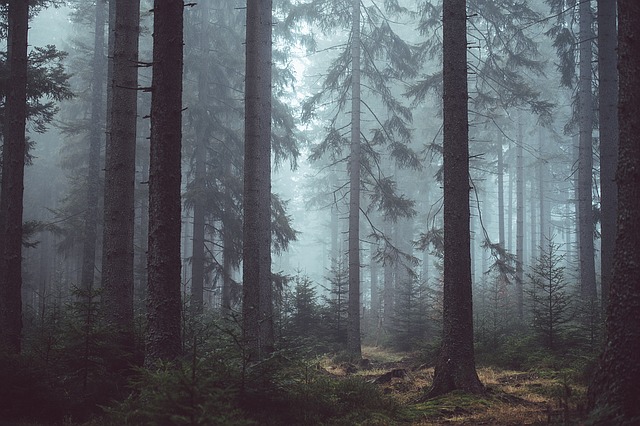 Did you know that the oldest tree is a 5000-year old bristlecone pine located in the forests of Nevada?
Did you know that the oldest tree is a 5000-year old bristlecone pine located in the forests of Nevada?
Unfortunately, many of these precious old-growth trees are starting to disappear from our planet.
According to a recent study published in the journal Science, climate change, deforestation, and rising temperatures have caused more than 30% of old-growth trees to die. The term old-growth refers to trees that are 150 years or older.
This means that much of the trees on Earth today are younger, smaller, and have shorter lifespans. Let's find out why old-growth forests are disappearing and their impact.
Why Are Old-Growth Trees Dying?
As our Earth's temperature warms up due to climate change, it is having unintended effects on our world's forests.
When temperatures rise, trees close their pores (known as stomata) to prevent the loss of moisture, and this, in turn, slows down the process of photosynthesis. As a result, these trees are shorter and grow slowly, as well as have a high mortality rate.
 Climate change also increases the likelihood of droughts and wildfires. After wildfires, it takes a while for the forest ecosystems to recover, and in some cases, the forests are lost permanently. Trees that are stressed are also susceptible to attacks by bacteria and fungi. In tropical forests, vines that use the trees as support can often choke the trees and deprive them of nutrients.
Climate change also increases the likelihood of droughts and wildfires. After wildfires, it takes a while for the forest ecosystems to recover, and in some cases, the forests are lost permanently. Trees that are stressed are also susceptible to attacks by bacteria and fungi. In tropical forests, vines that use the trees as support can often choke the trees and deprive them of nutrients.
Finally, humans have altered the forest landscape through logging. When trees are replanted on the soil, they will never grow as large as the original trees that were cut down.
There are some who claim that increased greenhouse gas emission is helping trees grow faster because CO2 is needed for photosynthesis (a process known as CO2 fertilization). While some younger trees may benefit from this, we are seeing significantly more loss of forests than gain.
Why Is This Concerning?
 Old-growth forests are a storehouse of carbon, and when they die, the stored CO2 is released into the air -- worsening the greenhouse effect.
Old-growth forests are a storehouse of carbon, and when they die, the stored CO2 is released into the air -- worsening the greenhouse effect.
Older forests have higher biodiversity, which is beneficial as each organism has a role to play and there is a wide variety of species. As these forests disappear, species that once called them “home” are forced to relocate, affecting the biodiversity of those ecosystems. Unfortunately, some endangered species are unable to adapt and go extinct.
Old-growth forests are disappearing in all regions of our world -- tropical, temperate, and boreal. When forests die, younger forests that are reestablished in the same area grow back weaker and smaller due to poor vegetation.
With trees dying exponentially and continuously, will future generations miss out on the wonders of forests?
Sources: NPR, Gizmodo, upi.com, Forbes








